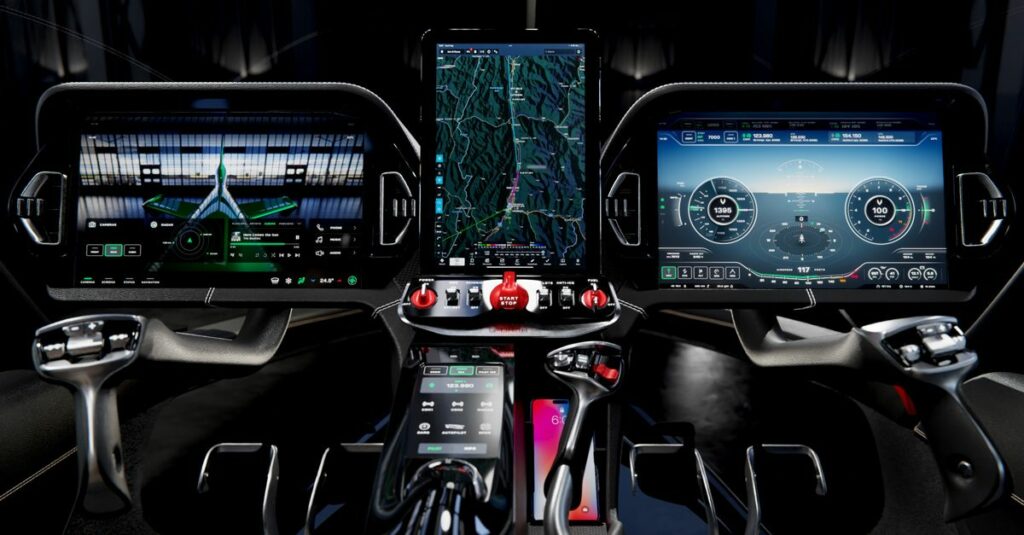The DiSTI Corporation, a leading graphical user interface software provider, has announced that the UK’s Hill Helicopters, a British company, has adopted GL Studio, in the production of their avionics suite for luxury private helicopters.
GL Studio, the company’s HMI Software development tool, will be employed in the production of their avionics suite for Hill Helicopter models HX50 and HC50.
“GL Studio is the perfect tool for delivering the high-performance graphics and user experience that our customers demand,” stated John Hayward, CEO of DiSTI.
“We are proud to have our software be part of Hill Helicopter’s journey as they continue to push the boundaries of innovation in the aviation industry.”
VFR helicopter operations
GL Studio provides an advanced toolset that has equipped Hill Helicopters to build an elegant user experience for the Visual Flight Rules (VFR) helicopter.
The software is being leveraged to develop a certifiable software stack which is tested using piloted trials on an engineering simulator.
[monsterinsights_popular_posts_inline]
The solution has enabled Hill Helicopters to link third-party systems such as the radio, intercom, GPS, and transponder with the User Interface application.

One of the strengths of the GL studio interface is its ability to integrate with pilot techniques employed when flying visually, or under Visual Flight Rules (VFR). Typically this involves flight principally by reference to external visual cues; confirming those cues with an internal instrument scan.
“Unlike any other aircraft user interface, which brings with it the complexities of instrument flying, the HX50 and HC50 pilot cockpit experience is directly tailored for visual flight conditions.”
“The digital cockpit is designed for intuitive simplicity of use, merging the clarity of automotive displays with an adaptation of the traditional primary flight display will maximize the pilot “eyes out” of the window time and will require minimal training to use,” explained Jason Hill, Founder, and CEO at Hill Helicopters.
“GL Studio continues to enable us to quickly prototype and simulate the user experience and adjust the design using in-simulation flight scenarios all in-house.”
“We are looking forward to taking the prototype software forward into flight test and certification using the “SC” version of GL Studio in the very near future.”
Cockpit instrument layout
The identical cockpits of the Hill Helicopters HX50 and HC50 include three touchscreen displays: two larger panels for primary flight and engine instrumentation and a smaller display called the Integrated Pilot Interface (IPI) in the center console.
The IPI and attached rotary puck gives the pilot quick access and tactile control over settings such as radio frequencies, barometric pressure setting, transponder, autopilot, infotainment, and climate control.
The ground-up design and development of the system in GL Studio has enabled the Hill Helicopters team to build an avionics suite with unprecedented ease of use and situational awareness for the pilot.
By introducing a user experience similar to what many have become accustomed to in mobile devices and automobiles, the Hill engineering team aims to make flying easier and safer.
Additionally, the ability to iterate designs quickly in GL Studio has made it possible for Hill Helicopter’s engineers to take ideas from concept to reality on a running test-bench in as little as a few hours.









